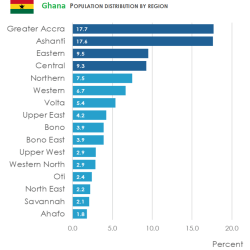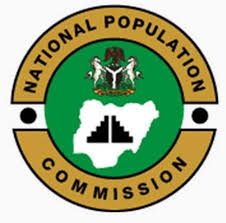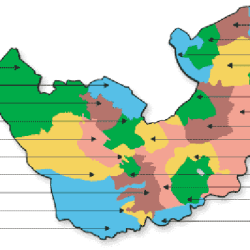Ghana has been conducting censuses since 1891 but Population and Housing censuses since 2000.
In total, twelve population censuses have been conducted in the country — six during the pre-independence era and the other six in the post-independence era.

The 2021 PHC is the 12th census and the first fully digital census (E-Census) conducted in the country.
The 2021 PHC was a count of all persons present in Ghana on the Census Night (27th June, 2021), irrespective of their nationality. It also involved counting all living quarters in the country.
The Census operations focused on strategic areas to ensure that everyone is counted, enumerated once, and at the right place. These were anchored on five main strategic pillars: deployment of ICT solutions to drive the entire census process; use of geo-spatial data; decentralised data flow, management and analysis; integrated and enhanced field operations; and enhanced use of census processes and outcomes, notably census data.
The Census was designed and implemented to provide reliable and accurate data for evidence-based decision making, to support the implementation and tracking of progress and achievement of national agenda (e.g., The Coordinated Programme of Economic and Social Development Policies (2017-2024), Ghana Centennial Development Plan, NDPC Agenda 2057); continental (e.g., Agenda 2063) and global development agenda (e.g., the Sustainable Development Goals [SDGs]).
As a country, the Population and Housing Census provides information on who Ghanians are, how many they are, and where and how they are living.
This information is essential for national development as the size, composition and characteristics of the population are useful for planning by all Ministries, Departments and Agencies (MDAs) and the private sector.

According to Samuel Kobina① the Ghana 2021 Population and Housing Census (PHC) was conducted to provide updated demographic, social and economic data for research, policy and planning to support national development activities and to track the implementation of national, continental, and global development goals, such as The Coordinated Programme of Economic and Social Development Policies (2017-2024); An Agenda for Jobs: Creating Prosperity and Equal Opportunity for All; AU Agenda 2063: The Africa We Want; and Transforming Our World: The 2030 Agenda for Sustainable Development.
As Ghana’s first fully digital census, the 2021 PHC presents the country and the global community with timely data within three months of exiting the field. The report highlights the resourcefulness of the census, which is the only national data collection exercise that can provide the lowest levels of disaggregation to support decentralised decision making across the nation. The General Report, the third major census product release, presents the main results in eleven volumes, with each volume focusing on a different module of the 2021 PHC questionnaire.
This publication generally targets Government Ministries, Departments, and Agencies (MDAs), Metropolitan, Municipal and District Assemblies (MMDAs), development partners, civil society organisations (CSOs), private sector, researchers, and the general public. Volume 3A particularly seeks to provide basic data to MMDAs to assist them achieve their core function as stipulated in the 1993 Local Government Act (Act 462) — that is, to aid decentralised planning and provision of public services in all districts for the development of local economies. This is important because the 2021 PHC provides the first set of official statistics on the recently created regions and districts.
The central premise of the Sustainable Development Goals, which is to “leave no one behind” requires disaggregated data to inform settlement arrangements, identify areas of sub-national disparities and make vulnerable groups more visible to decision makers.
This report thus sets the tone for subsequent volumes which will contain various types of disaggregated indicators including socio-demographic characteristics, economic activity, housing, sanitation, and structures. Overall, the General Report is expected to present at least 2.6 million disaggregated indicators to be used for research, policy, and planning to improve the well-being of all groups and persons.
① PROFESSOR SAMUEL KOBINA ANNIM, CHIEF CENSUS OFFICER AND GOVERNMENT STATISTICIAN
Reference: GHANA 2021 POPULATION AND HOUSING CENSUS, GENERAL REPORT, VOLUME 3A
















